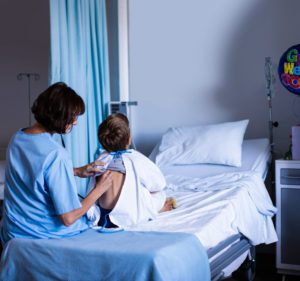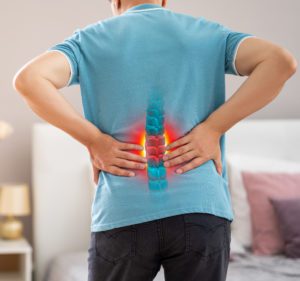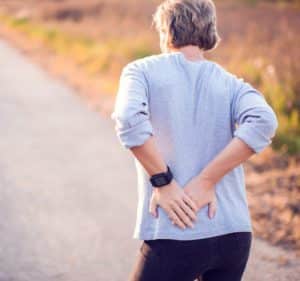
When to Worry about Back Pain in Children
If you are a parent or caregiver to a child, nothing is more important to you than making sure they are healthy and safe. When your child is overall healthy, you may not think much of them complaining about back pain. After all, children tend to rough house, so it could just be a product of a day of play, right? Well, the truth is that of the 30% of children who experience back pain, there are cases where your child will need to see a doctor. NJ Spine & Orthopedic knows it can be difficult to know when to worry about back pain in your children. If your child has complained of back pain, you may wonder if it is just a normal ache or something to worry about. What Can Cause Back Pain in Children? Back pain is typically associated with middle-aged and older adults, but this ailment also affects 14–24% of children and adolescents. Some common causes of back pain in children include: Higher body weight or obesity High-intensity activity like year-long sports Strained muscles in the back, sometimes caused by heavy backpacks The above causes are not likely to lead to anything more severe than some aches and pains. For these cases, some rest should suffice in alleviating your child’s pain. However, these rare causes of back pain in children are much more serious: Congenital disorders Infection Tumors of the spine (very rare) Vertebral fractures Consulting an experienced spine doctor can help you determine the cause of your child’s back pain and what can be done to alleviate it. When to See a Doctor Regarding Your Child’s Back Pain Children tend to play hard, so your child coming home with a scratch or bruise is nothing new. However, when your child complains of persistent back pain, it may be puzzling and worrisome. While most cases of back pain can be remedied with at-home care, you should seek the help of a New Jersey spine doctor as soon as possible if your child matches any of the following characteristics or displays any of these symptoms: If your child experiences pain at night, and specifically if it is waking them If the pain is constant If your child is also experiencing symptoms of general illness like fever or chills If your child is under four years old If pain persists past four weeks If they have pain in their legs If they experience numbness or difficulty moving Ways You Can Prevent Back Pain in Your Child No parent wants their child to be in pain. As an adult that may have experienced back pain yourself, you know how excruciating that type of pain can be. Of course, if there is a more serious problem at hand, it is vital to get your child to a doctor. If their back pain is more of a short-term issue, though, these tips may help prevent further pain: Teach your kids good posture Reduce your child’s stress Make sure their backpack is



